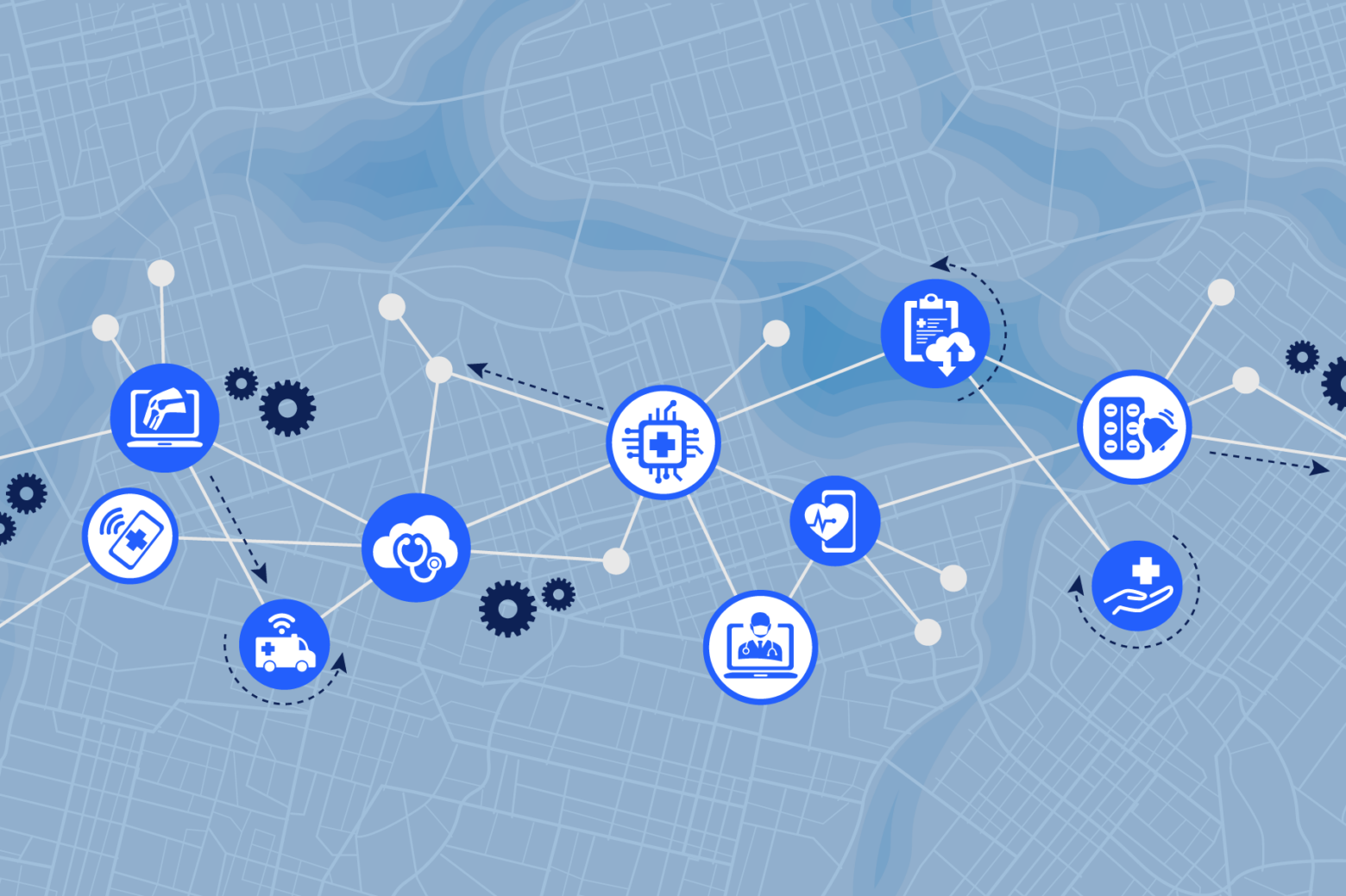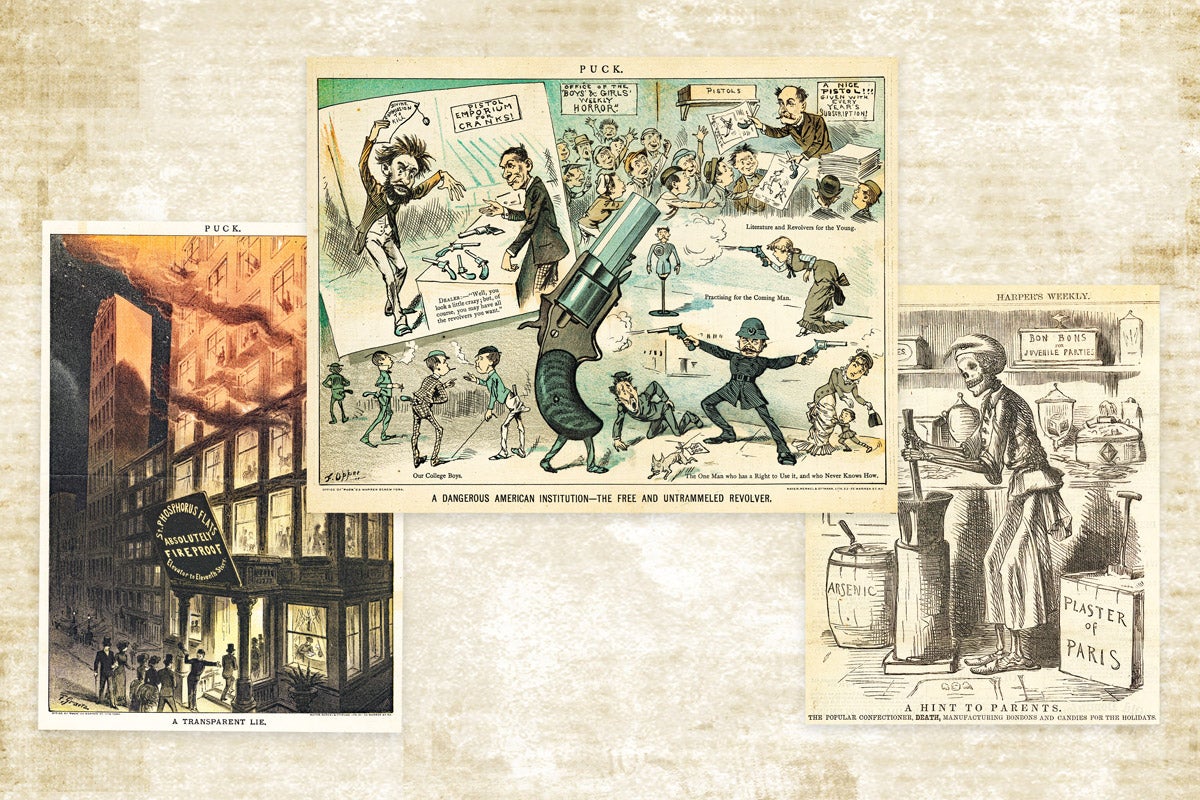
Ideas
Community information exchanges quench health data droughts
When a consortium of health care providers in San Diego won a large federal grant to launch a health information exchange in 2011, a homeless organization called Father Joe’s Villages and its partners asked to include some social health information, like whether someone has stable housing. After all, people without housing often wound up in the hospital—and they would be likely to return if they didn’t get proper services after discharge.
Camey Christenson, who worked with Father Joe’s Villages at the time, remembers conversations with the leaders building the new health information exchange (HIE). “They said, ‘Simmer down! We have enough to focus on with actually sharing health data,’” she recalls.
So her group joined with others and built what they called a “community information exchange” (CIE) and won a $1 million grant from San Diego’s Alliance Health Care Foundation to roll it out under 211 San Diego, the organization that runs a hotline providing information on health, disaster, and community services.
Sign up for Harvard Public Health
Delivered to your inbox weekly.
The hope, Christenson says, was to start “blowing the roofs off the silos of information.” Providers could give better care—and save everyone money—if they could see the rest of the “ecosystem” in which their clients lived. Providers could also see whether clients were following through on referrals, which organizations had capacity for more clients, and what interventions worked.
San Diego launched the first version of the CIE in 2014; today, it maintains records for around 380,000 people, or more than 10 percent of the county’s population. The CIE helps coordinate care across 138 partners, ranging from all the area’s major health insurers to LGBTQ organizations to the YMCA. The system can also alert providers to crisis moments, such as a client entering the shelter system or winding up in the emergency department.
Over time, the CIE has become more integrated with the HIE that originally excluded it. Today, health care providers can access the CIE’s records through a special tab in the HIE dashboard. (In 2022, San Diego 211 took over the local HIE, which now shares the same board and CEO as the CIE.)
The community information exchange is already improving outcomes. One 2017 study run by the University of California, San Diego found that enrollment in the CIE significantly reduced emergency medical transports among seniors, saving an estimated $1.3 million in medical costs across San Diego County over a three-year period.
The San Diego community exchange is a model of what a CIE can be, and it has sparked a spread of the concept. It coordinates and provides tools and mentorship for a national network of more than 30 other places building their own exchanges. San Diego 211 actually trademarked the term “Community Information Exchange” to head off vendors using the term in a misleading way, Christenson said; other similar efforts across the country use names like “community referral networks.”
One effort it’s assisting is in Chicago, where an exchange is being built by the Illinois Public Health Institute (IPHI), with support from the Chicago Department of Public Health and the Cook County Bureau of Economic Development. As in San Diego, Chicago’s exchange is initially focusing on people experiencing housing insecurity, but IPHI is building the system so it can include other populations. It’s also making it HIPAA compliant so that it’s prepared from the outset to handle medical data as it grows. Because the Chicago metropolitan area is not currently served by an HIE, the CIE will be the first data tool capable of capturing information about individuals who use the health care system the most. Officials expect to deploy the exchange next year.
Health care institutions are already key stakeholders. They want the CIE to succeed in large part because it has the potential to drive down costs. In particular, care organizations anticipate savings by diverting high-use individuals—many of whom are unhoused—from their emergency departments, says Waldo Mikels-Carrasco, who oversees the CIE program at IPHI and previously helped run a health information exchange in neighboring Indiana.
The 2010 Affordable Care Act pushed health care providers and insurers to shift their care approach to improving population health—a recognition, at least in part, that keeping patients healthy means they use less care, which is less expensive than solely focusing on patients after they fall ill. Many hospitals responded by employing case managers and community health managers to refer patients to services. But there was no way to track who was being sent where, nor to record what interventions worked. Many small social service organizations were overwhelmed, and hospitals quickly found they didn’t have the tools to make a population health approach work.
“All these nonprofits out there, little community-based organizations that are totally understaffed. They’re totally not set up to get a ton more referrals, and certainly not to provide data back,” says Mikels-Carrasco. A CIE, on the other hand, can show case managers which organizations have capacity for referrals and how well various interventions work.
Changes the Biden administration made to waivers under Medicaid’s Section 1115, which allows states to pilot new care strategies, also promise to bring more funding to such interventions if better records are kept on them. The Biden administration encouraged waivers that address health-related social needs, allowing states to reimburse providers for services like housing or food assistance that could keep Medicaid recipients healthier.
“If we could get information back, we could show that [a referral] helped the person, and then … CMS will reimburse us,” Mikels-Carrasco says.
The Robert Wood Johnson Foundation has provided funding to many data-sharing initiatives, including the ones in San Diego and Chicago. Hilary Heishman, a deputy director at the foundation, says because these exchanges can be built by a community from the ground up, they address many of the trust issues that hamper other health information initiatives. That can make them a tool for underserved communities to gather data on their own needs much faster than a top-down system could detect them. “Public health needs sources of information that are more driven by the community that they’re trying to support and serve,” Heishman says. Grassroots organizations are using CIEs to find ways to “use data to tell the story of how our community is doing and where the opportunities are, where the challenges are.”
These data initiatives can be a key tool for finding “patterns in the noise,” she says. And that’s “what public health should be doing all the time.”
Source images: Adobe Stock



